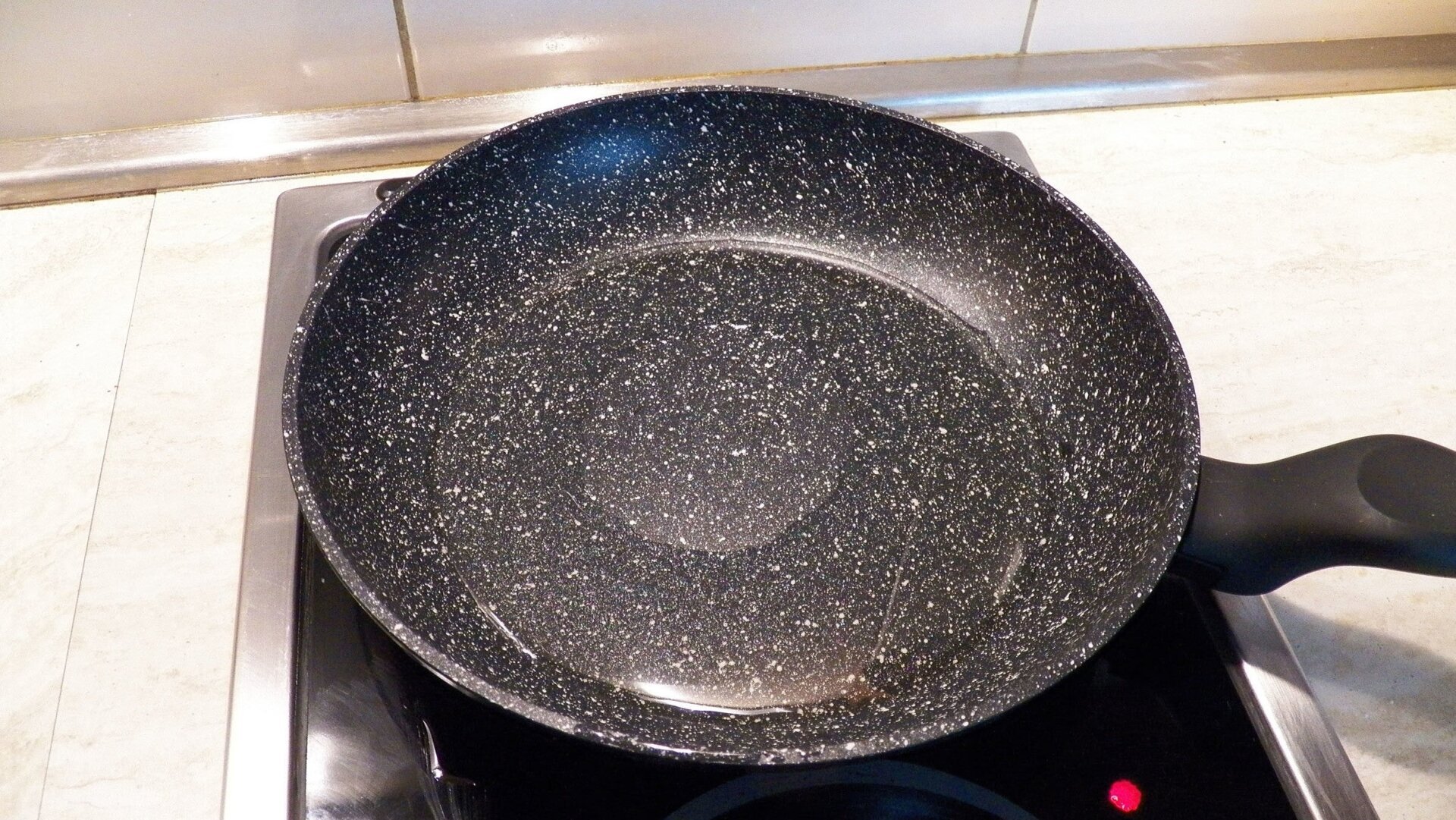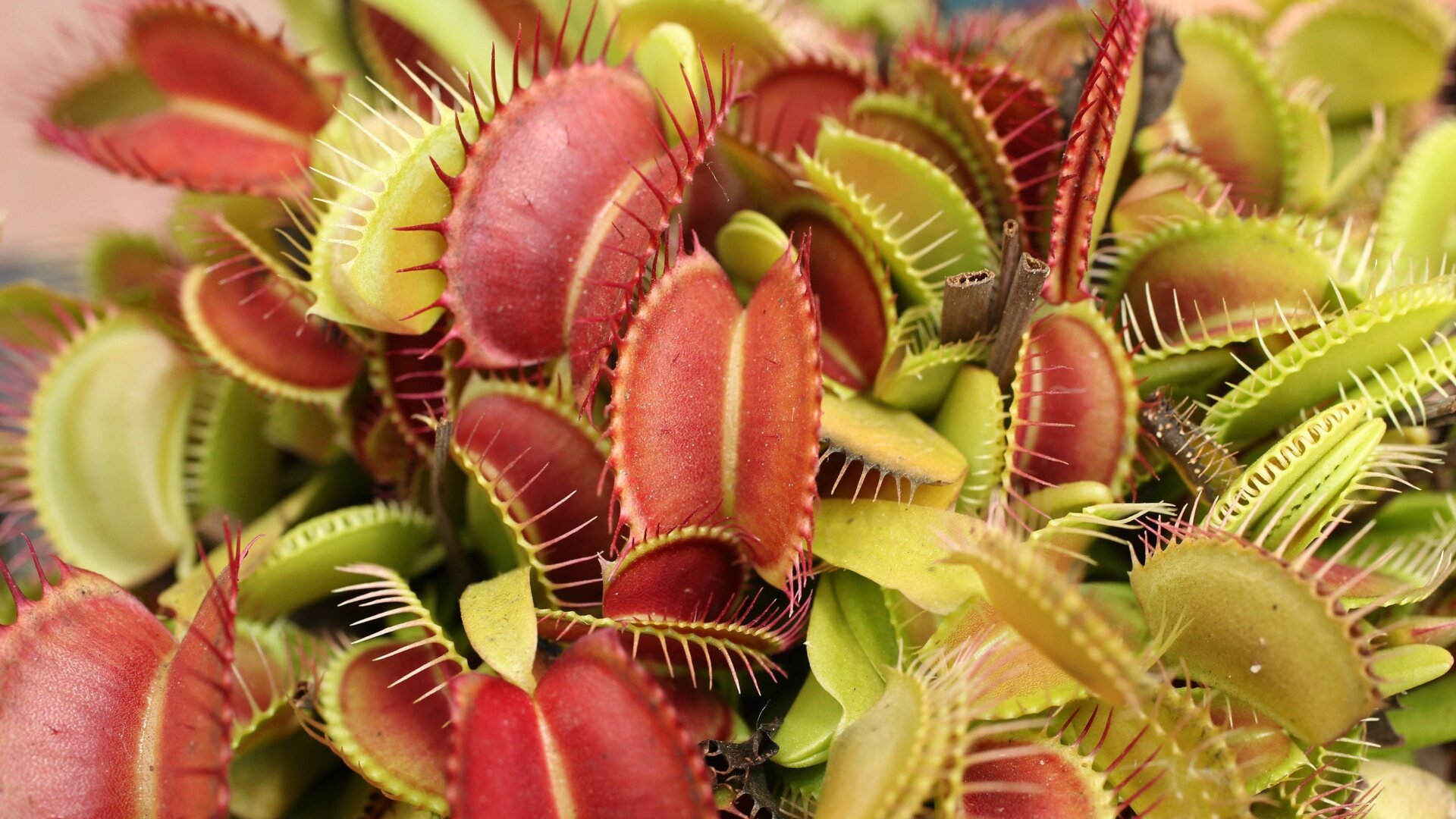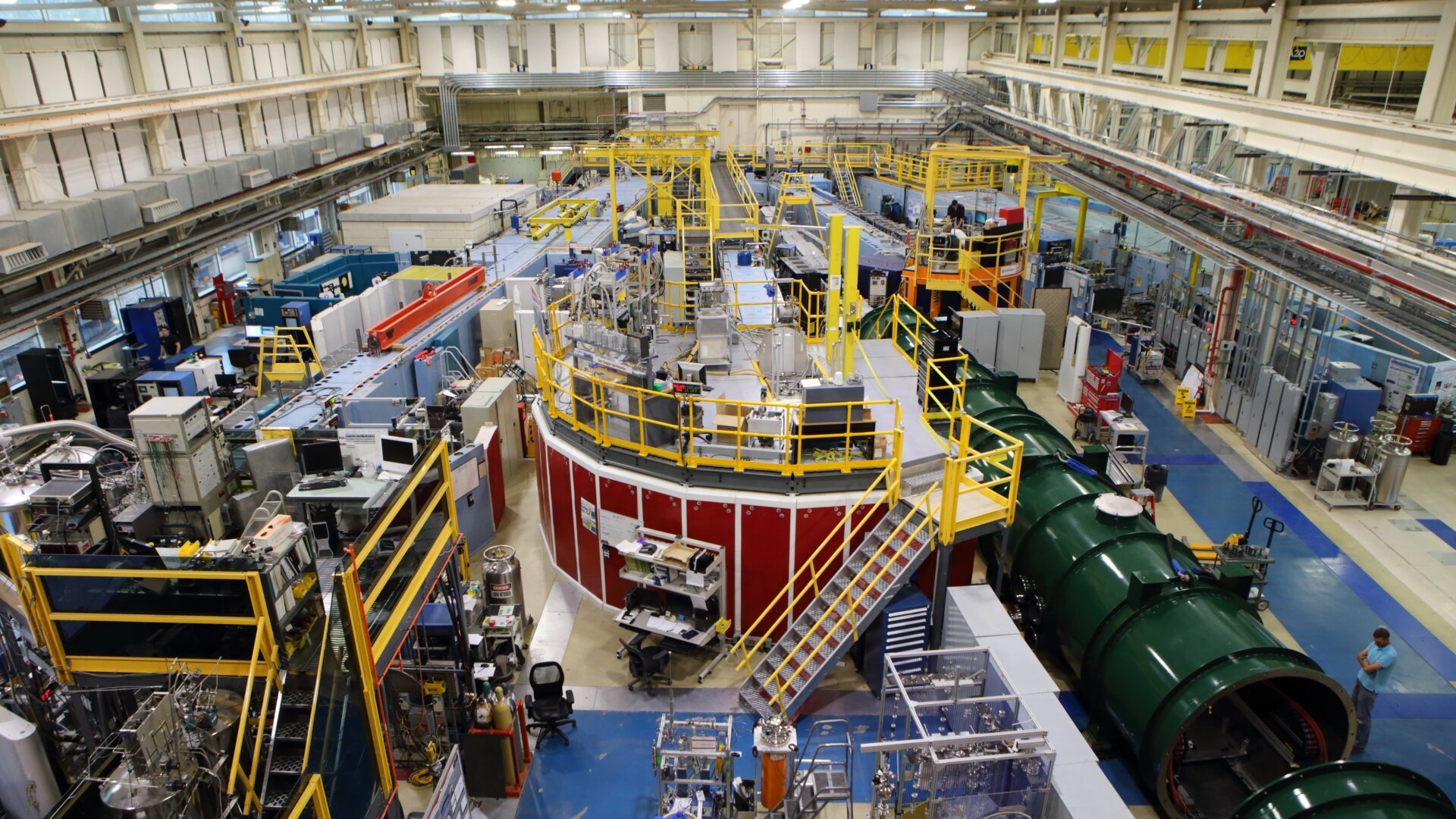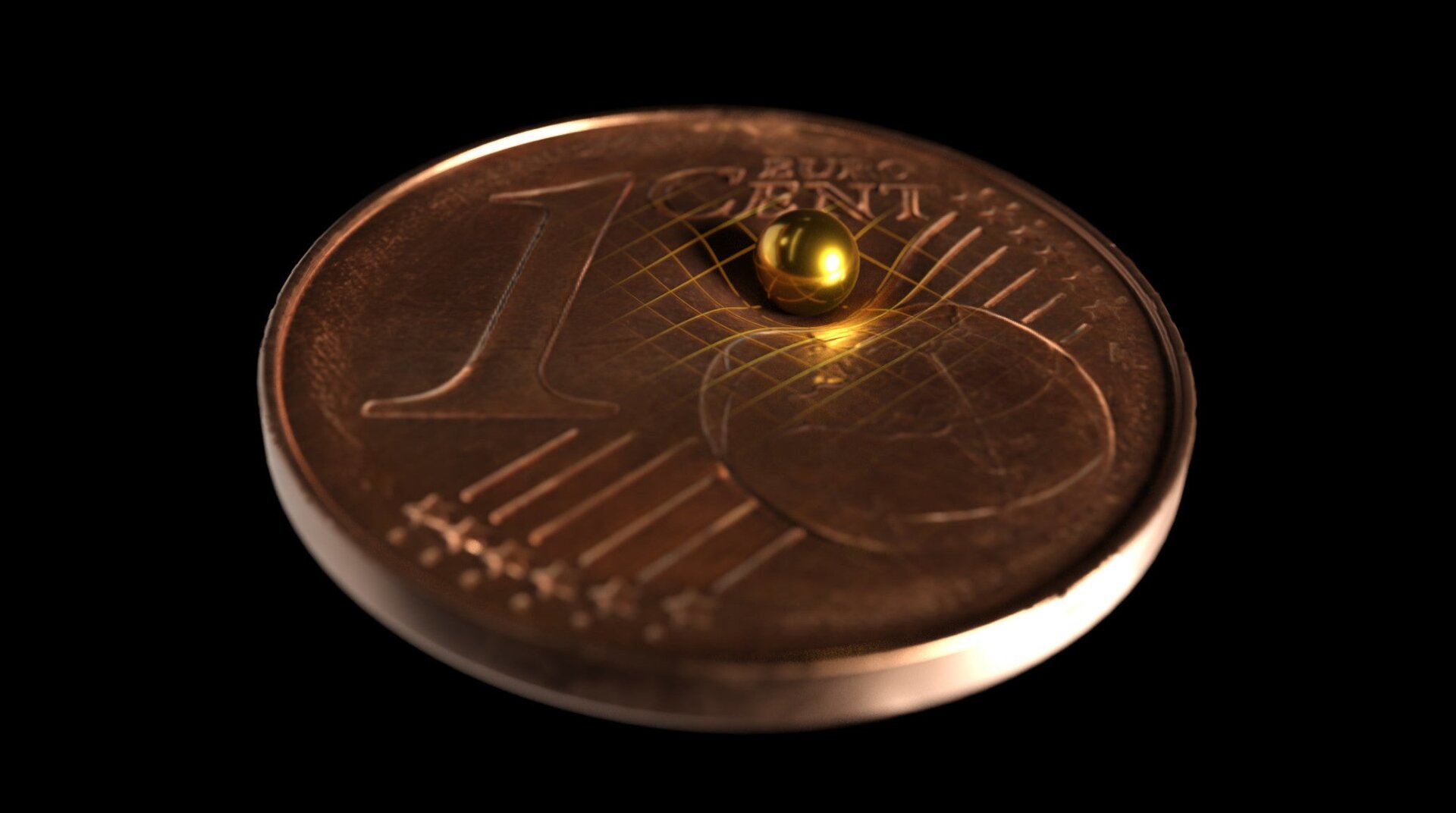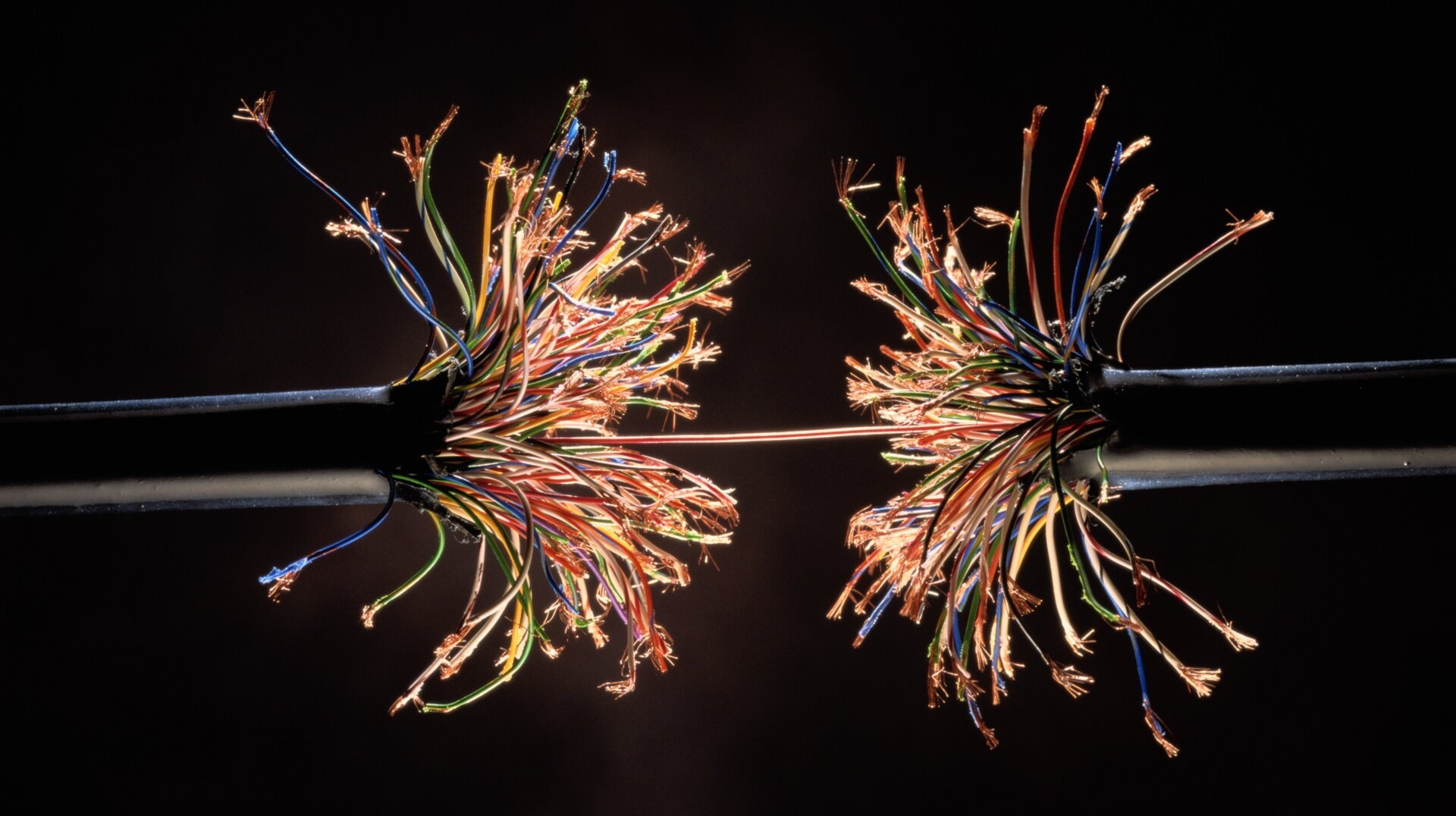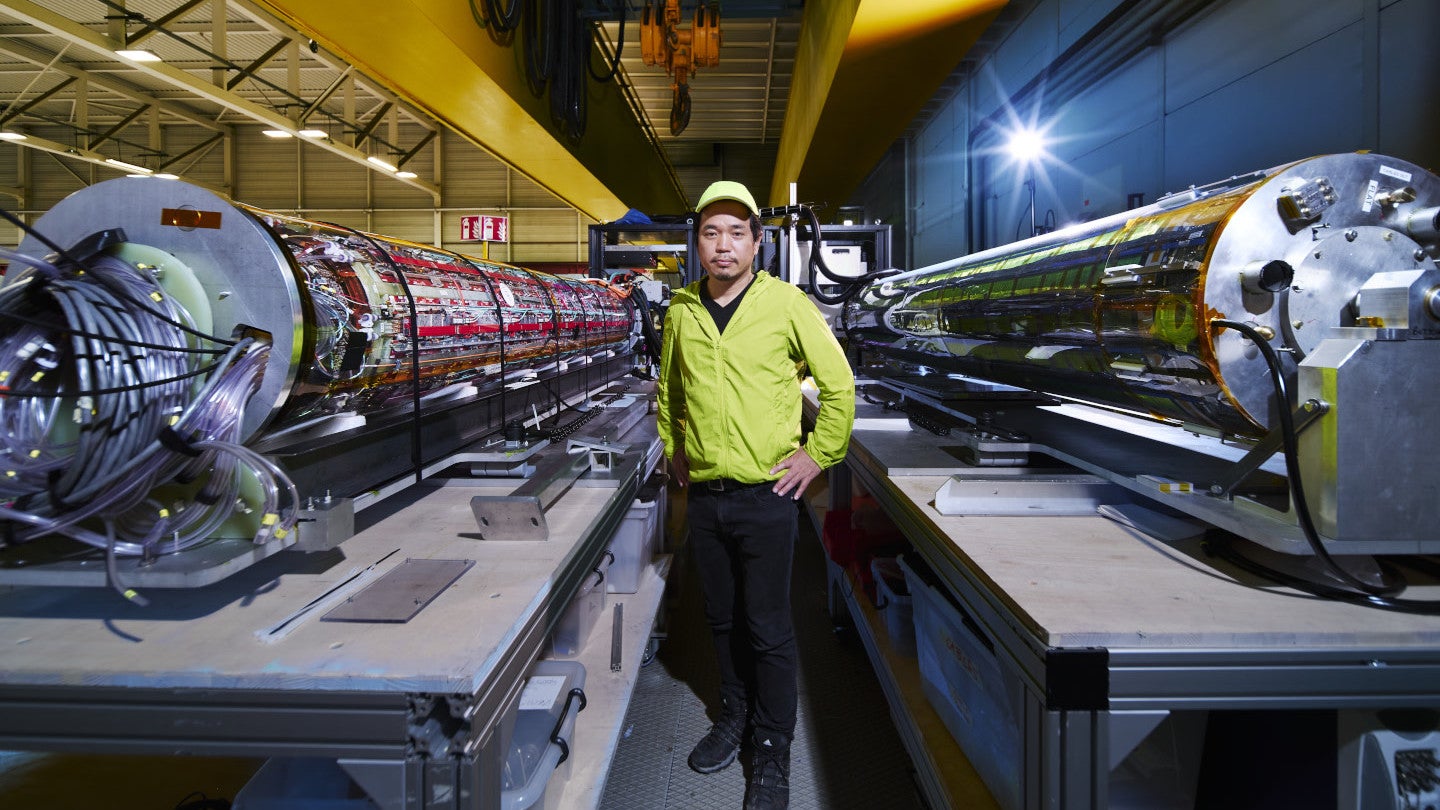The mystery of food stubbornly adhering to non-stick frying pans, despite their name, has finally been solved. A recent study published in Physics of Fluids pinpoints the culprit: thermocapillary convection. This phenomenon, explored by Alexander Fedorchenko and Jan Hruby from the Czech Academy of Sciences, explains why your supposedly non-stick cookware sometimes betrays you.
This groundbreaking research provides a scientific explanation for a common kitchen conundrum. Understanding the underlying physics of this sticking phenomenon empowers home cooks to take control and prevent it. Let’s delve into the science behind this sticky situation.
The Science of Sticking
Fedorchenko and Hruby, experts in fluid dynamics and thermophysics, conducted experiments using two types of non-stick pans: one with a ceramic coating and another with Teflon. They applied a thin layer of sunflower oil to each pan and observed how dry spots formed and expanded as the pans heated. An overhead camera meticulously documented the process.
The researchers discovered that as the pans heated, a temperature gradient developed across the oil film. This gradient, in turn, created a surface tension gradient, causing the oil to flow away from the center towards the edges of the pan. Liquids with higher surface tension exert a stronger pull on surrounding liquids, driving this outward movement.
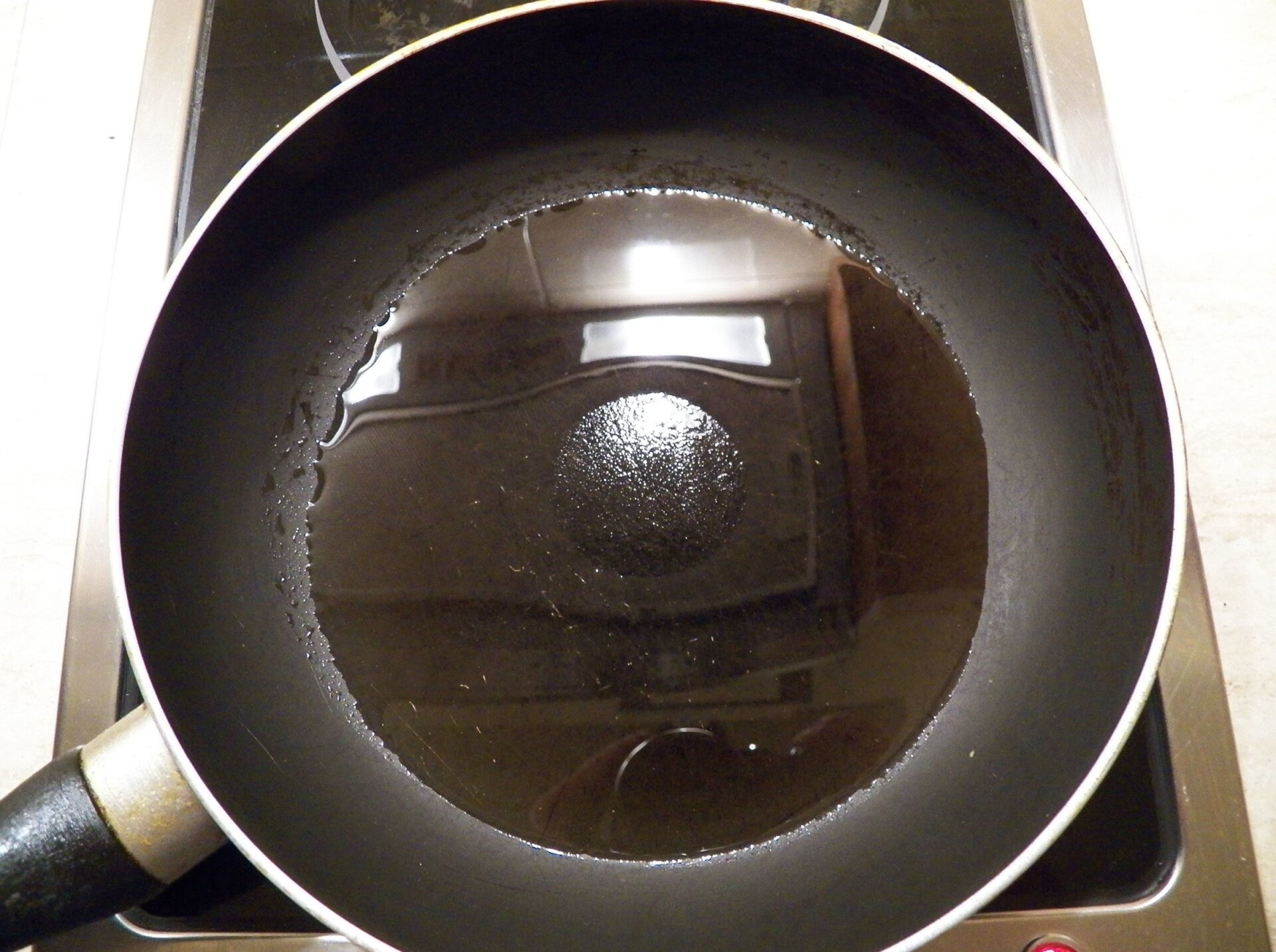 A Teflon pan showing the effect in action.A Teflon pan demonstrating thermocapillary convection. Image: Alex Fedorchenko
A Teflon pan showing the effect in action.A Teflon pan demonstrating thermocapillary convection. Image: Alex Fedorchenko
This outward migration of oil is a prime example of thermocapillary convection. As the oil recedes, a dry spot forms in the center of the pan, creating the perfect trap for unsuspecting food. This is the moment when sticking occurs.
Predicting the Dewetting Rate
The scientists developed a formula to calculate the “dewetting rate,” which measures the speed at which oil droplets retreat. This formula helps predict how quickly dry spots will form, providing valuable insights into the sticking process.
Preventing the Stick
The study also offers practical advice on how to prevent this culinary annoyance. The authors recommend: increasing the oil film thickness, using moderate heat, ensuring the pan is completely coated with oil, using a pan with a thick bottom, and stirring food regularly.
While some of these tips may seem obvious, the recommendation to use a thick-bottomed pan is particularly insightful. A thicker bottom distributes heat more evenly, minimizing the temperature gradient that drives thermocapillary convection.
Conclusion: Mastering the Non-Stick Pan
Understanding the science behind why food sticks to non-stick pans allows us to take preventative measures. By following the advice from this study, such as using sufficient oil, moderate heat, and a thick-bottomed pan, we can minimize sticking and enjoy a smoother cooking experience. Thermocapillary convection may be a powerful force, but with a little knowledge, we can conquer the sticky pan.



